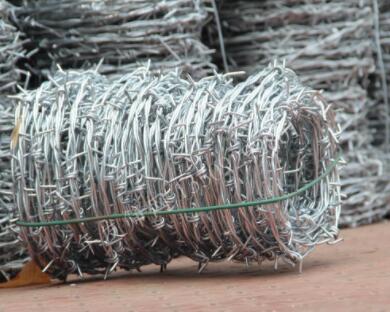Understanding Expanded Metal Mesh Sheet Sizes
Expanded metal mesh is a versatile architectural and industrial material that has gained popularity across various applications due to its unique properties and aesthetic appeal. Understanding the size variations of expanded metal mesh sheets is essential for manufacturers, builders, and designers alike, as these dimensions can significantly affect functionality, strength, and overall project outcomes.
What is Expanded Metal Mesh?
Expanded metal mesh is created by cutting and stretching a metal sheet in a process that creates a mesh-like pattern. This method produces a lightweight yet robust product with various openings, allowing for ventilation, light passage, and aesthetics in design. Typical materials include aluminum, steel, and stainless steel, which can be further treated for corrosion resistance or enhanced strength.
Standard Sizes of Expanded Metal Mesh Sheets
Expanded metal mesh sheets come in a range of standard sizes to cater to diverse applications. The most common sheet sizes are
- 4 x 8 feet - 3 x 6 feet - 2 x 4 feet
However, custom sizes are often available to suit specific requirements. The thickness of the expanded metal mesh can also vary, typically ranging from 0.7 mm to 6 mm, influencing its weight and strength.
Opening Sizes and Patterns
Another critical aspect of expanded metal mesh is the variety of opening sizes and patterns
. The size of the diamond-shaped openings can vary, with common dimensions being- 1/2 inch - 3/4 inch - 1 inch
expanded metal mesh sheet sizes

These patterns can affect airflow, visibility, and load-bearing capabilities. For instance, smaller openings may provide more privacy and security, while larger openings can facilitate better airflow, making the material suitable for ventilation grills in construction and automotive applications.
Factors Influencing the Choice of Size
When selecting the appropriate size of expanded metal mesh sheets, several factors come into play
1. Application Requirements The intended use of the mesh significantly dictates the size. For example, if the mesh is used for safety barriers, a more robust and thicker sheet may be necessary. Conversely, for decorative purposes, lighter options with larger openings may be preferred.
2. Structural Integrity The size and thickness of the metal influence the overall strength and durability. Larger sheets with smaller openings can support heavier loads, making them suitable for industrial applications.
3. Aesthetic Considerations The visual appeal of expanded metal mesh is shaped by its size and the pattern of openings. Designers often choose specific dimensions to achieve the desired look while ensuring the mesh complements the surrounding architecture.
4. Manufacturing Constraints Not all manufacturers produce every size of expanded metal mesh. It's crucial to consider the availability of specific sizes when planning a project, as lead times can vary significantly.
Conclusion
Expanded metal mesh is an indispensable material in modern construction and design, offering a blend of functionality and style. By understanding the various sheet and opening sizes available, along with the factors that influence these choices, users can make informed decisions tailored to their specific needs. Whether it's for safety, aesthetics, or operational efficiency, selecting the right expanded metal mesh sheet size can significantly impact the success of a project.
Given the vast range of options available, it is advisable to consult with suppliers or manufacturers who can provide samples and specifications to help downsize the plethora of choices into the most suitable ones for your unique requirements. As the architecture and construction industries evolve, the application of expanded metal mesh will inevitably expand, showcasing its reliability and adaptive qualities.

















